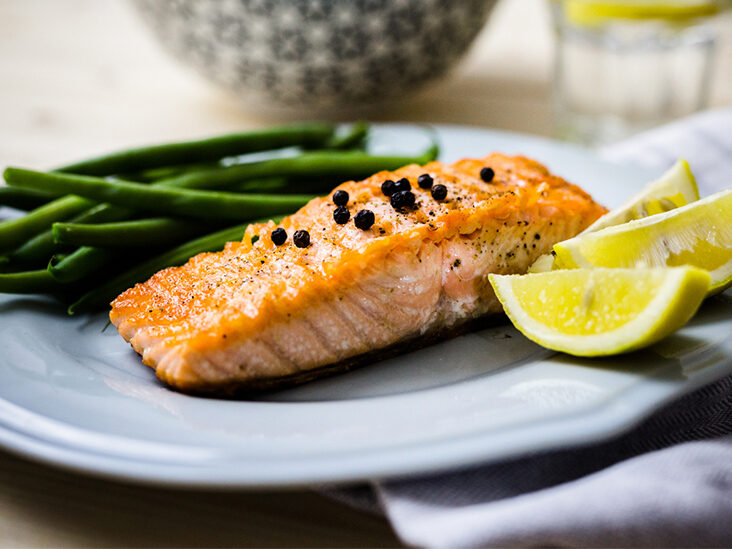I love a scenic, Sunday drive. And when it includes things like snow, giant wind turbines and great food, then I know it’s a winner. Such was the case last January when a couple friends and I drove to the small town of Tehachapi, about 115 miles north of Los Angeles.
To get there we took the 14 Freeway north near Santa Clarita for about 60 miles until pulling off onto to a street called Backus Road, near Edwards Air Force Base. This is where the fun began.
Backus Road is lined with rocky mountain outcroppings and rustic, desert landscape, speckled with deserted structures and a few human outposts. After about 8 miles we turned onto Tehachapi Willow Springs Road, which wound up through mountains, lined with massive, towering wind turbines and lots of snow. Thanks to recent rains, and Tehachapi’s 4,000-foot elevation, snow was everywhere and it was a memorable sight.
Built from 1980s on, the wind machines stand up to 200 foot-tall and have blades spanning the length of a football field. The wind farm, which boasts more than 4,000 turbines, is one of the largest wind resource areas in California.
After admiring the wind farm, we drove a few more miles to downtown Tehachapi and parked beneath the iconic Tehachapi Water Tower. I then read a little history. The area was first occupied by the Kawaiisu Indians, before settlers arrived in the 1850s to farm, raise cattle, develop lumber, and mine for gold and limestone.
In 1876, the Southern Pacific Railroad came to the valley and created the town of Tehachapi. The town grew and railroad engineers designed the ingenious Tehachapi Loop, which made it possible for trains to climb from the San Joaquin Valley and run through Tehachapi to Mojave, Los Angeles, Barstow and other eastern destinations.
Located eight miles west of town, the Tehachapi Loop is the busiest single-track in the US, connecting San Joaquin Valley to Arizona. It is considered an engineering marvel because if a train is long enough, it can enter a tunnel and pass over itself before leaving the loop. We were lucky enough to see such a train and it was another great Tehachapi sight. The loop is a California Historical Landmark, and also a National Historic Civil Engineering Landmark.
Back in town, we learned more about trains at the Tehachapi Railroad Depot Museum, a restored train station museum, with tons of old locomotive photos, artifacts, displays, and real train tracks, with trains running by every 45 minutes. The place also has friendly volunteers that love to tell train stories.
From the depot, we walked next door to the Tehachapi Village Market Center, which is housed in a renovated 1940s potato shed. Here we discovered Kohnen’s Country Bakery, an authentic German bakery, where Thomas Kohnen bakes a variety of Danishes, éclairs, cookies and other goodies from scratch using authentic recipes he brought with him straight from his homeland.
Kohnen’s also sells a variety of fresh deli sandwiches on over 20 types of artisan breads baked daily. We went with the Reuben. Served on German rye bread, with pastrami, Swiss cheese, sauerkraut, German pickle and thousand-island dressing, this might be the best Reuben sandwich I’ve ever had.
After lunch we strolled over to the Tehachapi Museum. Located in a 1932 art deco building, the compact museum features things like a 4-foot-long femur bone from a wooly mammoth, a washing machine from 1900, a grandfather clock from 1785, an old gun collection, and displays dedicated to native Americans and Tehachapi’s WWII veterans.
From the museum we walked across the street and investigated the historic Errea House Garden. Constructed by a local doctor between 1870 and 1875, the house is built out of redwood and designed in simple, rectangular “saltbox” architectural style. Besides old furniture, the house features secluded rock garden, with shade trees and a totem pole.
Leaving the old house we walked around town, admiring the numerous large murals lining Main Street. Painted by local artists, the pictures bring to life Tehachapi’s colorful past in images such as street dancing in 1915, Native American village life, and the Tehachapi Loop. For more information on Tehachapi, go to: www.visittehachapi.com.







